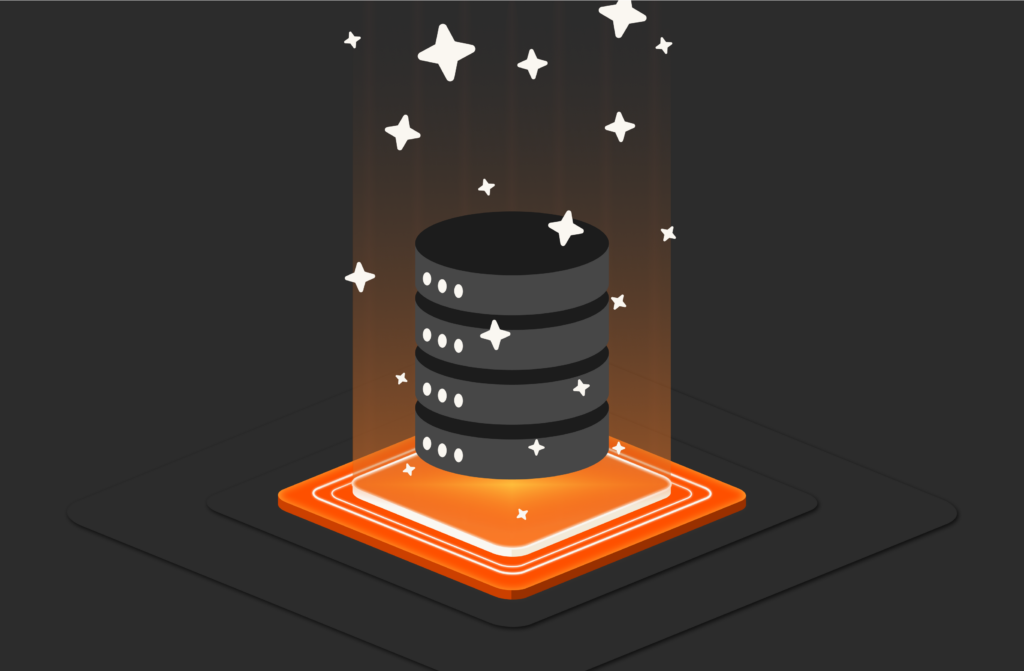In decades past, “knowing your customer” used to mean chatting in person over counters, onsite at their businesses, and over coffee (regular coffee, not a half-caff frap). Once doing business online became standard operating procedure, knowledge came more from customer data than one-to-one interactions. That data became a valuable asset—one that needs to be properly protected, managed, and processed if that value is to be retained. That’s why today’s Get to Know Your Customers Day is largely about the data generated by customer activity.
Our genius data experts here at Pure have offered advice for using your wealth of data to build stronger customer relationships. In honor of the day, here’s a roundup of their guidance.
Improve Customer Satisfaction with Data
Keeping customers happy is hard. And it’s even harder when support moves from on premises to almost exclusively remote service with chat. However, the data you store about specific customers, as well as your larger installed base, tells you a great deal about solving problems. For example:
- Customer purchase and deployment records
- System-level service analytics
- Corollary data from other customers
- Service notices from component suppliers
When combined, this data helps your service teams resolve issues faster, which creates much happiness among your customers. In fact, customer happiness can lift your company’s Net Promoter Score (NPS).
Put That Contact Center Data to Work
Old-school, phone-based systems that filtered incoming calls and assigned them to agents have largely been replaced with cloud-based contact centers that use artificial intelligence (AI) and CRM software to manage calls and allow easy access to customer data. The problem: Cloud contact centers generate a huge volume of structured and unstructured data.
Real-time data analytics informs decisions that can improve the customer experience. For example, chatbots and speech recognition tools can collect data about interactions to identify patterns of behavior and predict next actions.
Prioritize the Customer Experience—Every Day
The modern customer experience doesn’t stop after sales and implementation—it should extend long after the date the contract was signed or the order was placed. If you want to get to know your customer better, you can’t pull a disappearing act after the customer starts using the product. It’s a huge missed opportunity.
VMware, a Pure technology partner, uses customers’ real-time operational data to extend and modernize its customer experience. VMware customers can opt into the Customer Experience Improvement Program, which gives them insights and recommendations specific to their business setup. The data is shared with marketing and sales for extra context and support. It’s the perfect example of a vendor getting to know a customer for the long term.
Take Control of Your Unstructured Data
What does unstructured data have to do with getting closer to customers? Plenty. Unstructured data is information in such places as email, chat conversations, free-form notes, internet of things (IoT) sensor data, video and image files, and more. This type of data is growing like crazy, with estimates that it will account for 80% of all data in the next two to three years. It’s challenging to store and manage, but it’s also immensely valuable for learning about the customer experience.
If you can store, manage, and access that data, you’re a big step ahead of the competition. When unstructured data is correctly stored and processed, companies can use tools like sentiment analysis to tap into insights contained in online conversation.
A simple, high-performance data storage solution like Pure Storage® FlashBlade® can help you get a handle on your ever-growing volumes of unstructured data and harness it to gain valuable insights into your customers. With its unique modular storage architecture, FlashBlade allows capacity and performance to be scaled independently. It can also be continuously improved over time.
Learn more about FlashBlade and how you can uncomplicate your unstructured data, forever.
Eliminate Complexity
Meet the demands of modern unstructured data today and into the future.







